Just a year into selling their angora goat yarn, a Fife farming couple are attracting interest from all around the world.
Andrew Johnston and Laury-Anne Boschman have 22 angora goats at Annfield Farm outside Dunfermline, one of only three farms with the breed in Scotland.
After kidding season next year, the fifth-generation farmers hope to have an extra 18 goats to breed for their soft fibres.
While Andrew’s dad still runs the farm housing cattle, the couple got their first seven goats in October 2020.
“It was my birthday that we picked them up,” 28-year-old Andrew says.
“Then a breeder down south was retiring, so we bought his stock before we started getting kids.”
Laury-Anne, 32, adds: “They’ve been selected for fibre, they have milk for the kids but they don’t have enough to keep producing and they’re not the right size for meat.
“But they can do fibre all the way through their life, so we are keeping them all the way until the end of their natural life.”
Unique Fife yarn blend
Despite growing up on Annfield Farm, Andrew needed time to come around to taking over.
Laury-Anne, who moved to Scotland from France to study at Scotland’s Rural College (SRUC), nudged him towards the goats.
She says: “I went to agricultural high school and did a three-month placement at an angora goat farm in the Pyrenees. I fell in love with the breed.
“We both went to SRUC, but didn’t meet until after graduating at pipe band.
“I was a bit keener on farming than him, so I pushed to start something. As a goat costs £200-£300, the start up costs are cheaper than cattle.”
Angora goats produce mohair, a luxury fibre known for its fluffy and shiny qualities.
To make their yarn, Annfield Farm mixes mohair with Shetland fleece from sheep at farms in Cupar and Kinross.
It is the only yarn producer that sells this blend.
Each year Andrew and Laury-Anne send around 300kg of fibre to Halifax Spinning Mill and get yarn in return. Each skein is hand dyed by Laury-Anne.
Big plans for Annfield Farm
The couple sell their products at yarn festivals and agricultural shows.
They have noticed an increased interest in locally produced fibres.
“Nowadays when folk are looking to shorten food miles, they like to see where the yarn comes from too,” says Andrew.
“The younger generation is also picking up an interest in crafts, and they’re good at using social media.”
Laury-Anne adds: “We had a knitting designer in the USA contact us, wanting to make a pattern with our yarn.
“It’s insane that we’re reaching across the world within a year.”
The coming year is shaping up to be even busier for the couple.
They are already working with several designers to have patterns made for their yarn.
To expand their flock of goats, the Fife farmers also plan to import animals from France.
More agricultural shows are also on the cards.
Andrew says: “There aren’t many breeders and we’d love to see more.
“We’re chatting with West Fife Show and the Royal Highland Show to get an angora goat category for next year.
“That way we can make more people aware of the breed and put it back on the map.”
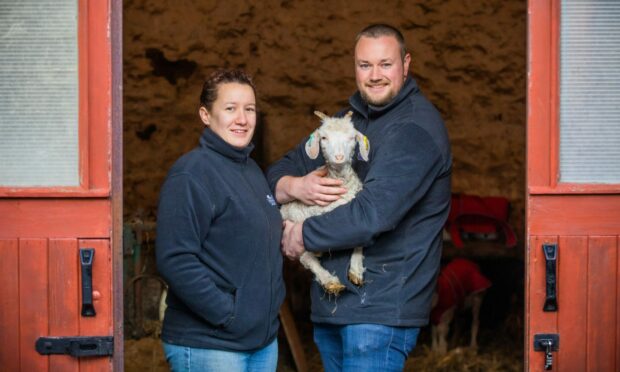
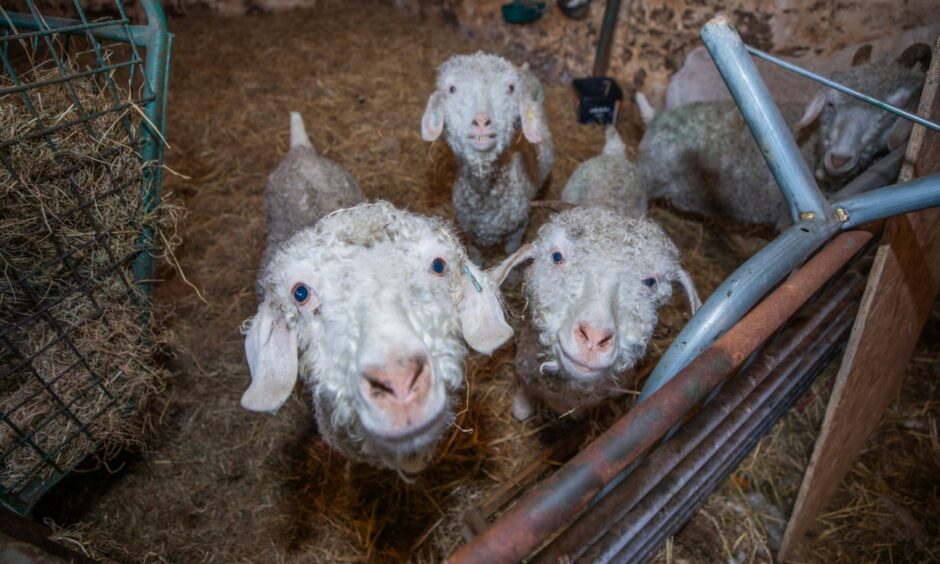
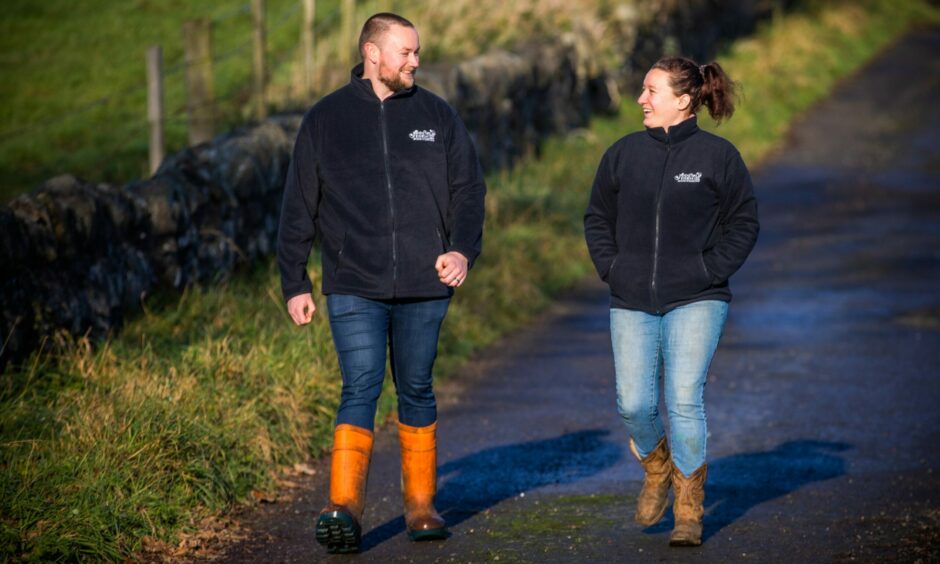
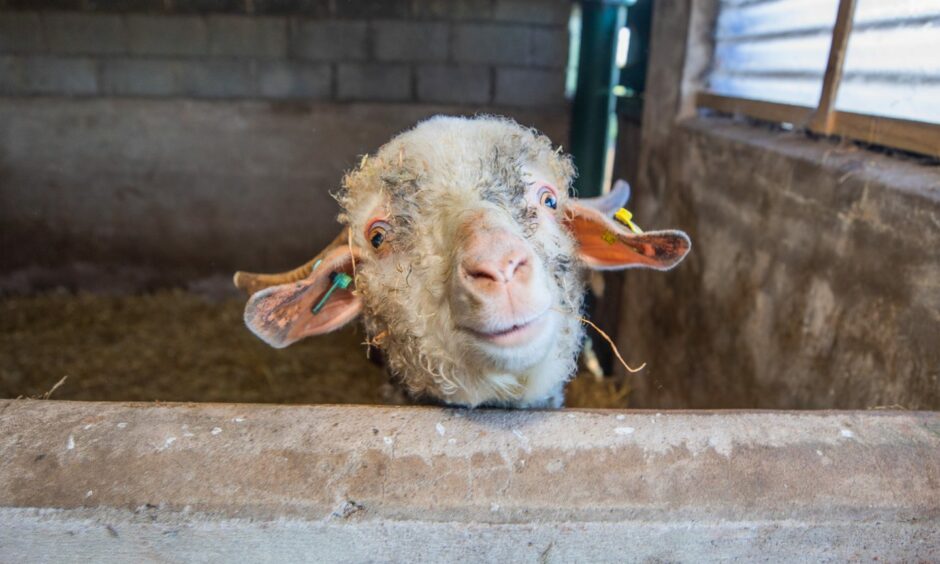
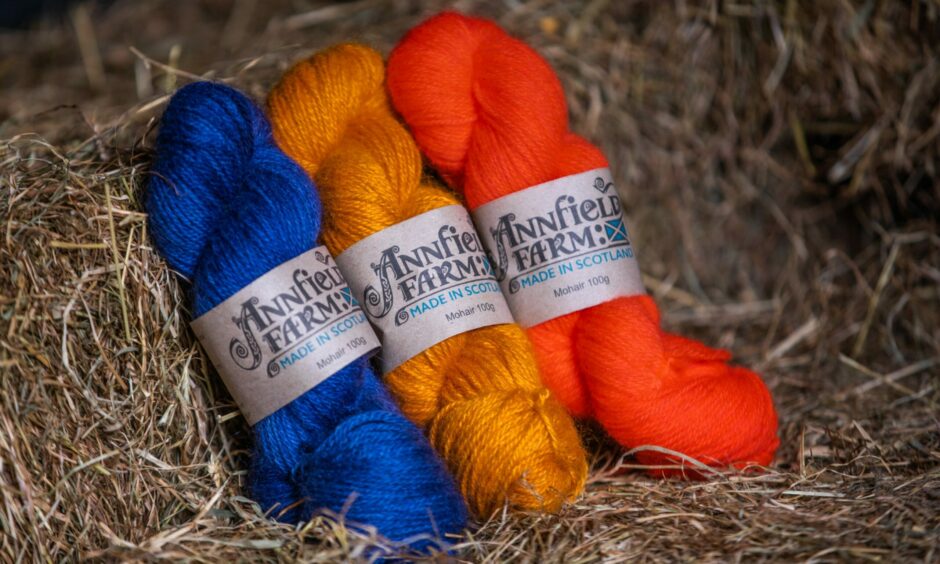
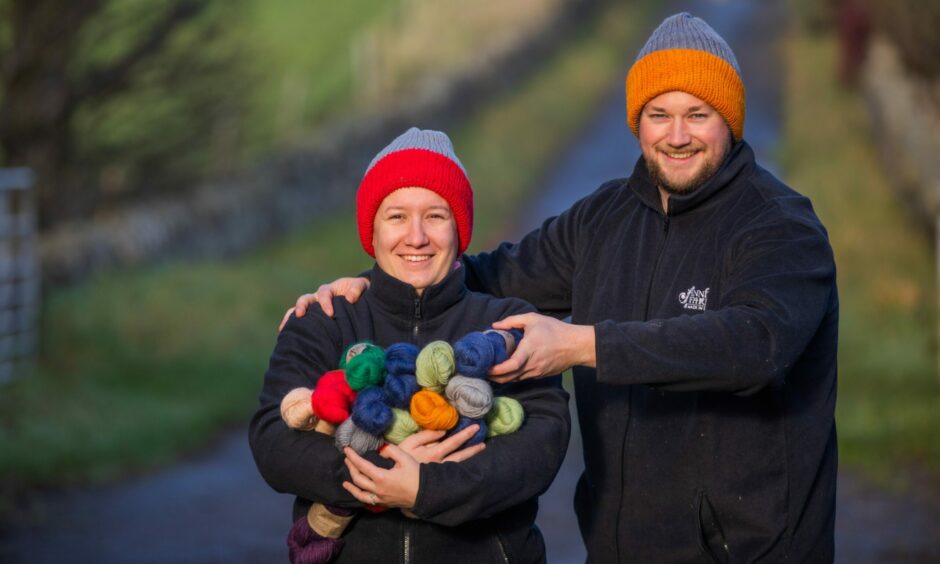
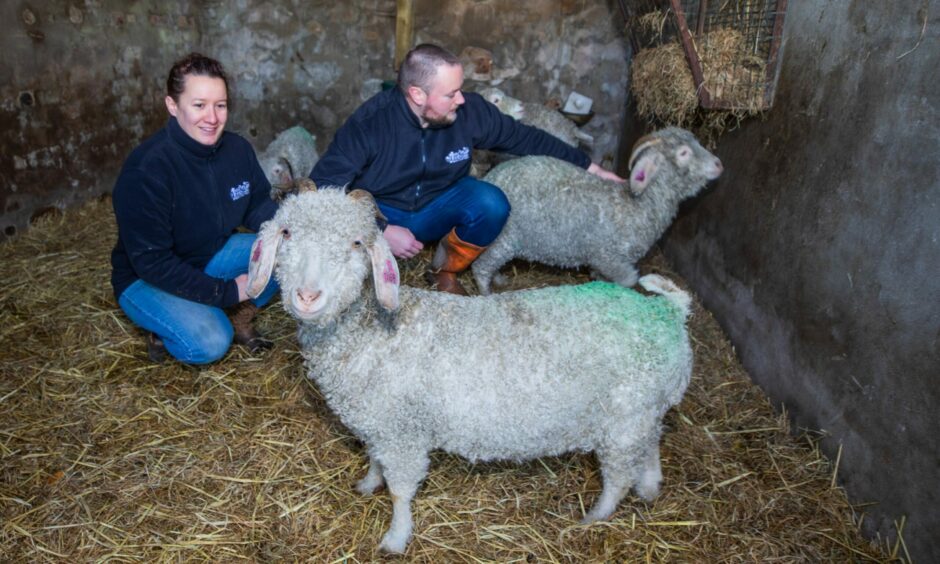
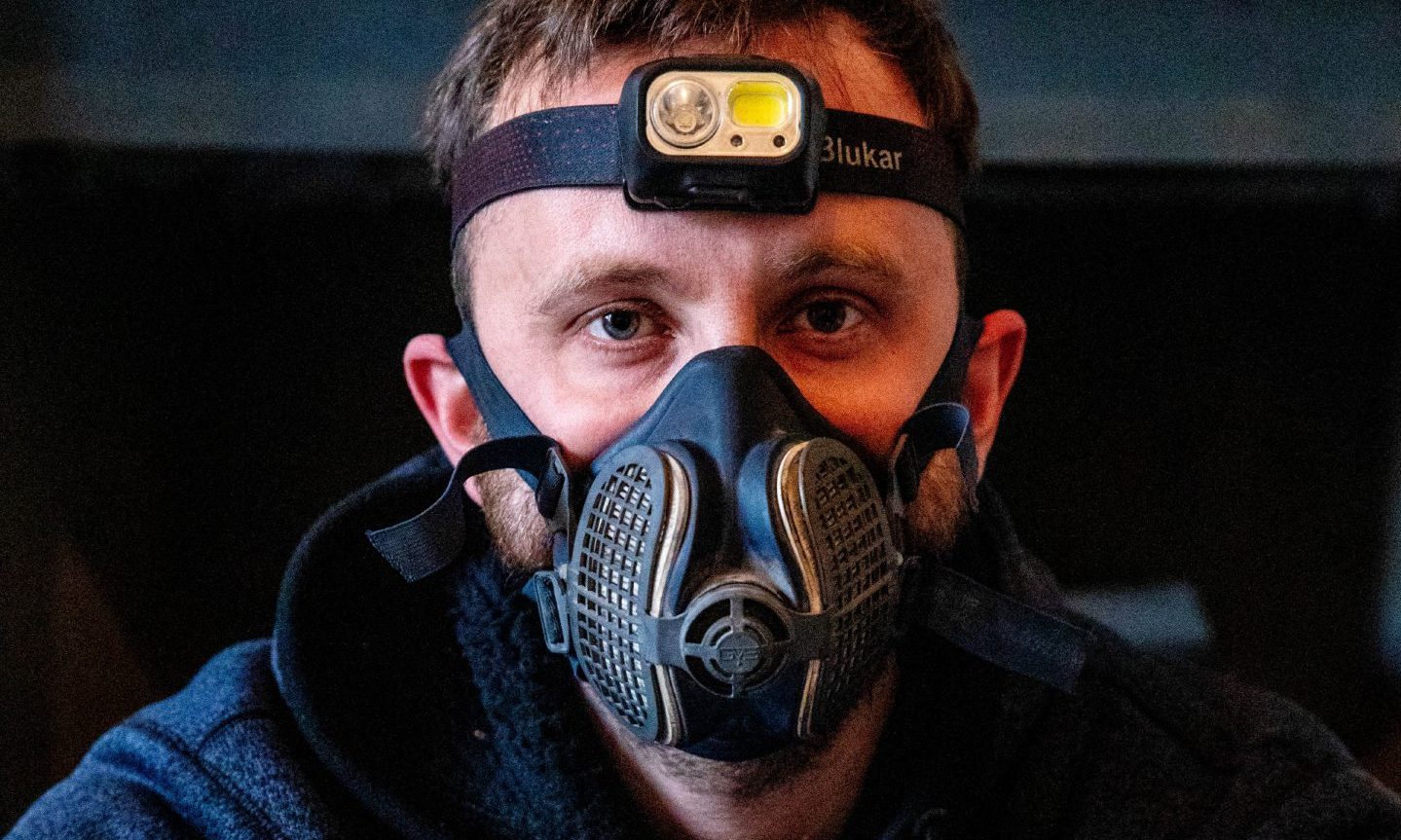
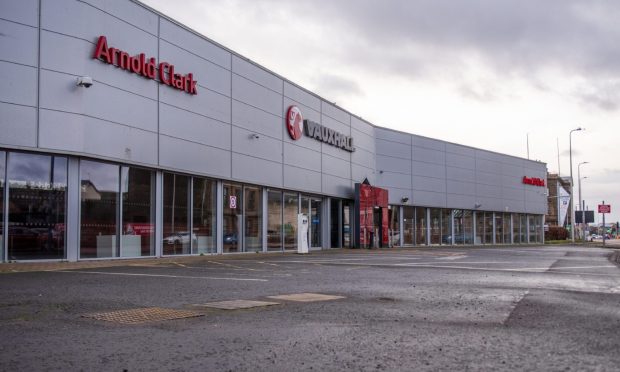
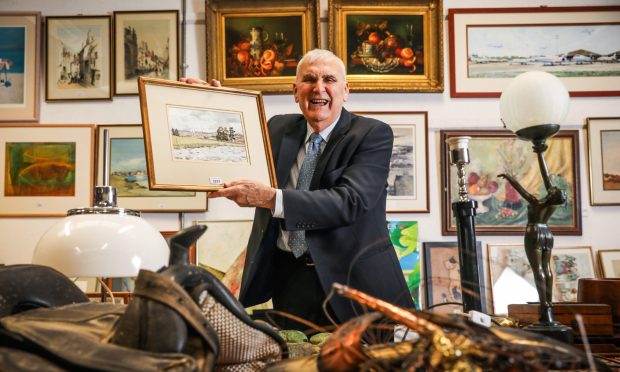
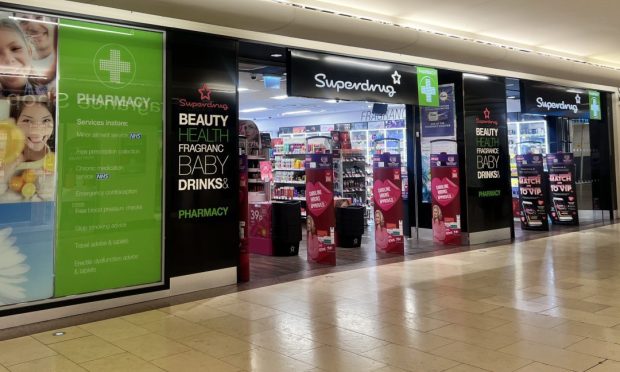




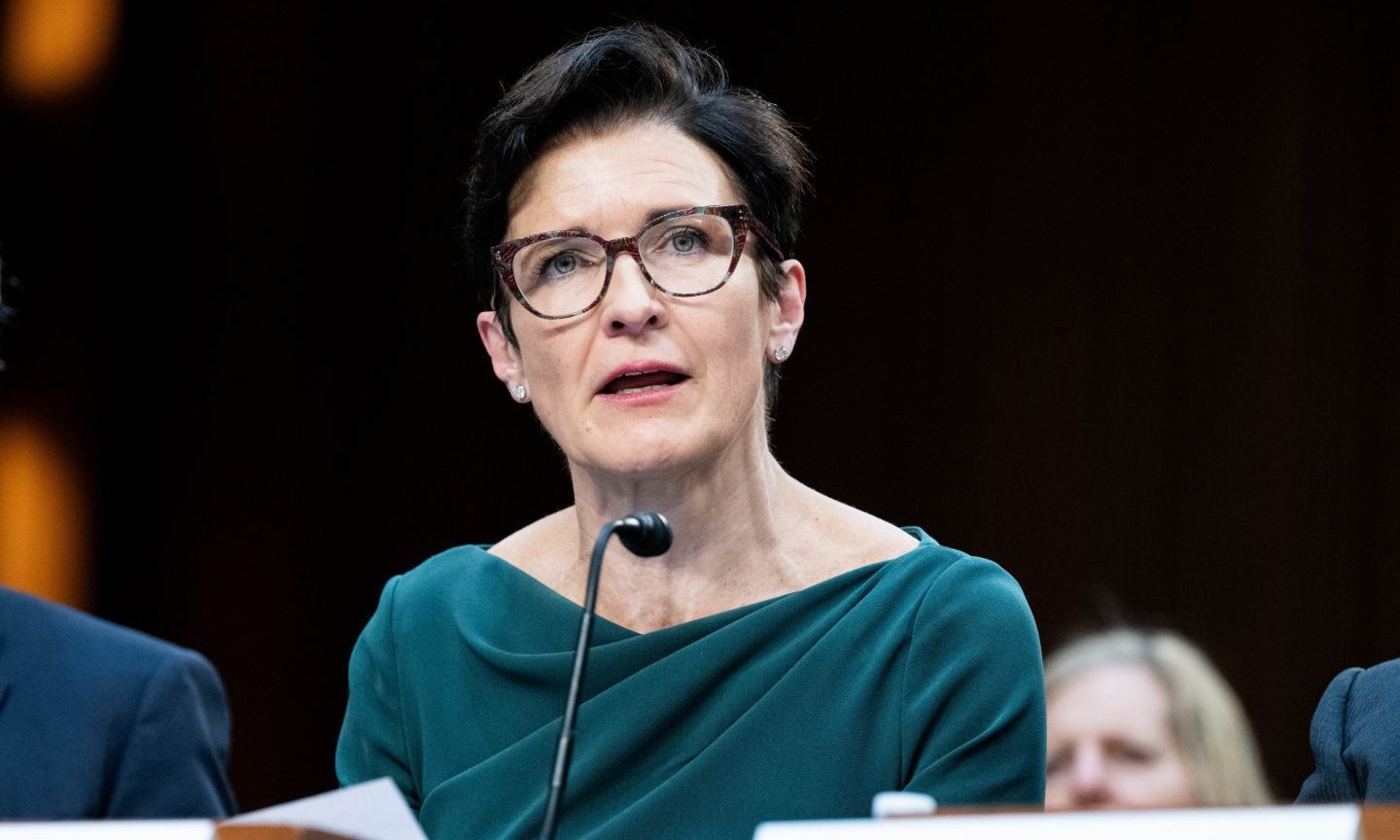
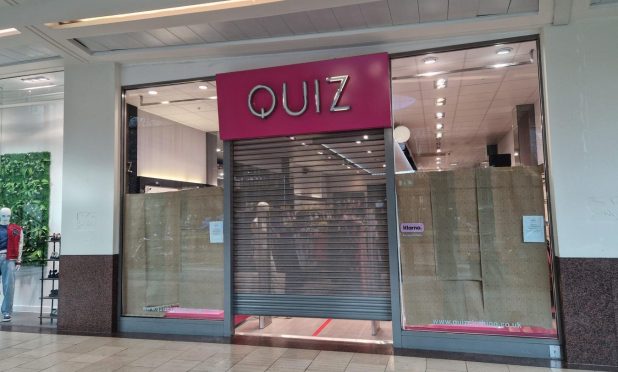
Conversation